A newly developed dating study has revealed that a clutch of 28 dinosaur eggs discovered in central China are approximately 86 million years old. The fossil find comes from the Qinglongshan fossil reserve and has been precisely dated for the first time using uranium-lead (U-Pb) dating on carbonate minerals in the eggshells. This discovery sheds new light on when and how dinosaurs of that region laid eggs, and how they might have coped with evolving environmental conditions.
What Was Found
- The eggs, numbering 28 in total, were discovered at Qinglongshan, a fossil reserve that has yielded thousands of dinosaur eggs across several sites.
- These eggs are unusually well preserved. Many are semi-exposed yet largely intact in three dimensions, meaning their original shapes are still recognizable. This preservation helps scientists obtain more accurate data.
How Scientists Dated Them
- Researchers identified calcite (a form of calcium carbonate) in the fossil eggshells. This is significant because calcite can contain trace amounts of uranium, which decays over time into lead.
- Using a micro-laser, small fragments of the eggshell were vaporized, and the ratio of uranium to lead atoms in those fragments was measured. That ratio allows scientists to compute how much time has passed since the mineral formed—hence estimating the age of the eggs.
- Because calcite in these samples had suitable uranium content, the U-Pb method yielded a reliable date.
Why It Matters
- This is the first time fossils from the Qinglongshan reserve have been reliably dated using this approach. Before now, scientists had rich fossil data from the site, but precise dating was less certain.
- Knowing the age (around 86 million years) helps place these eggs in the Late Cretaceous. This time was one of dynamic climate changes globally.
- With the date in hand, researchers can explore how dinosaurs in China’s Yunyang Basin (where Qinglongshan is located) may have adapted to cooling trends and shifting environments during that era.
- The technique used—dating based on carbonates in eggshells—offers a template for dating similar fossils elsewhere, especially where bones are absent or poorly preserved.
What’s Next
- By comparing these eggs with others from nearby regions, scientists hope to map out patterns of egg-laying behavior, nesting habitat, and reproductive strategies, and see how these might correlate with environmental stress (such as temperature or moisture shifts).
- Also, researchers will likely apply the same U-Pb carbonate dating method to other fossil egg finds, to build a richer, more accurately time-calibrated record of dinosaur reproduction.
- Finally, understanding how dinosaurs responded to climate shifts 86 million years ago may offer broader lessons about resilience, adaptation, and extinction—all themes that resonate deeply today.
This dating of dinosaur eggs in China provides not just a calendar date, but a deeper window into prehistoric life: how these ancient creatures reproduced, nested, and lived in environments slowly changing around them.

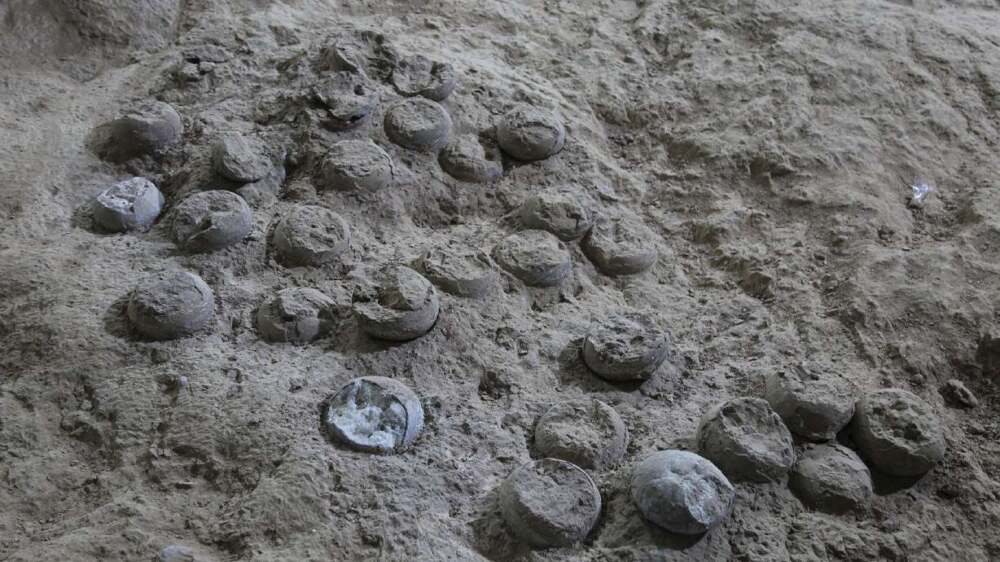

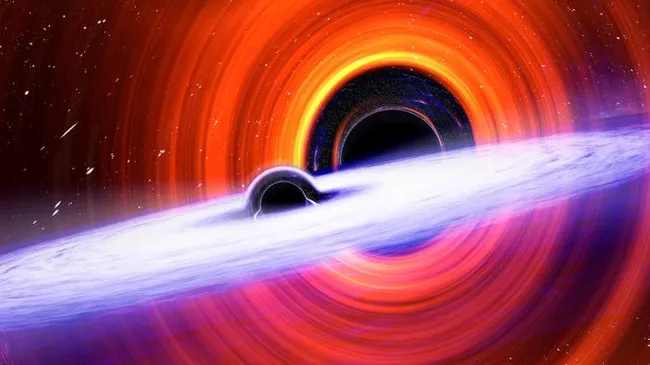
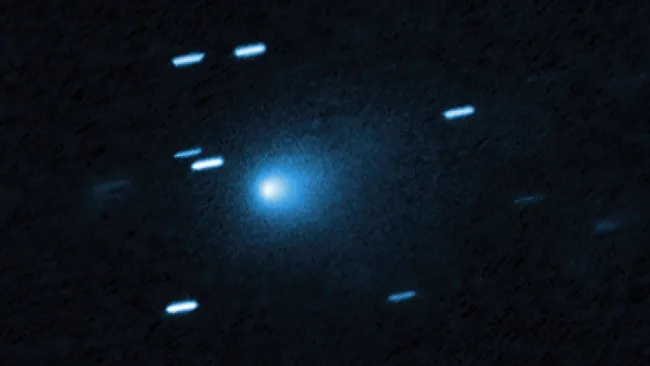

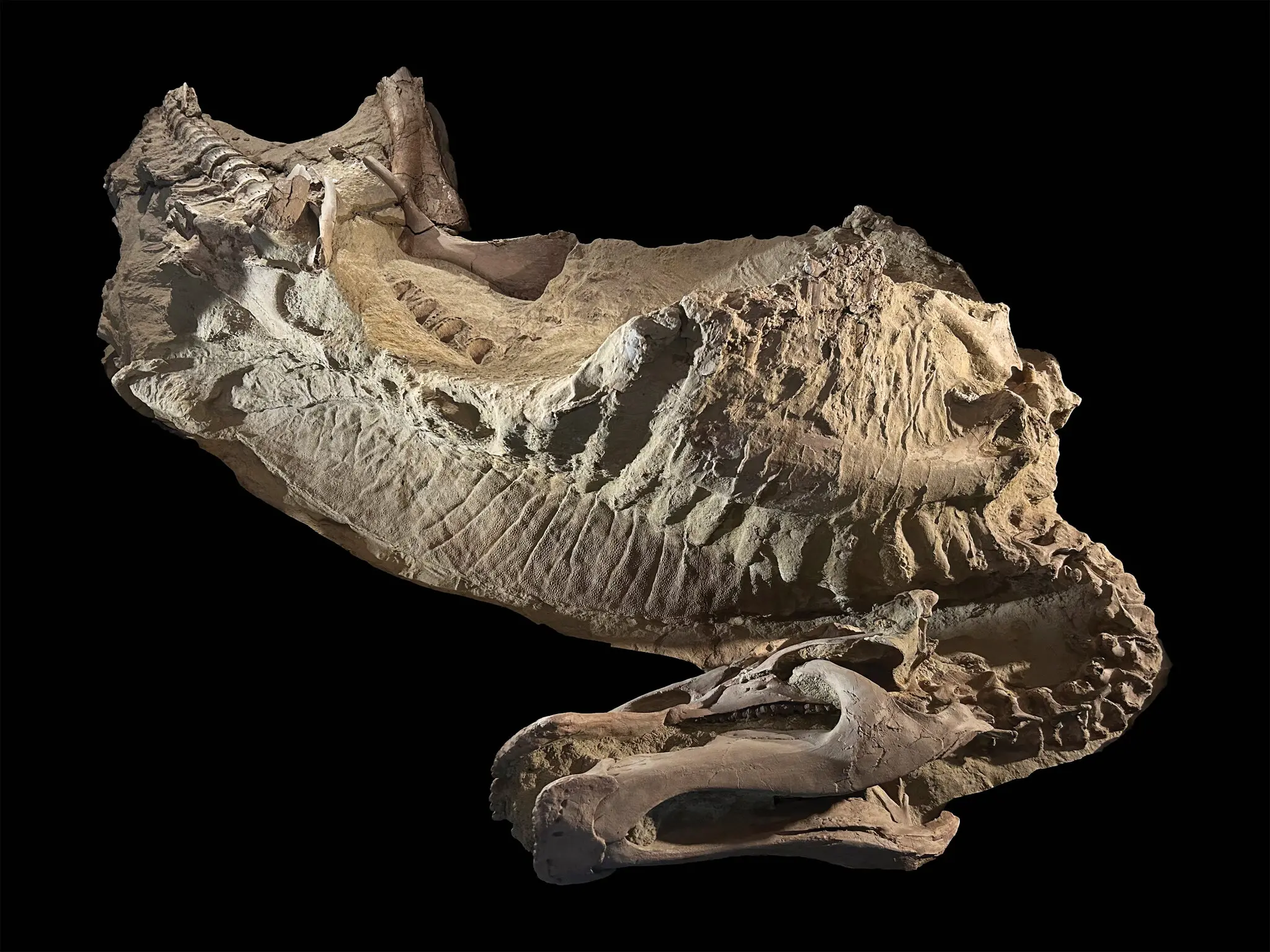

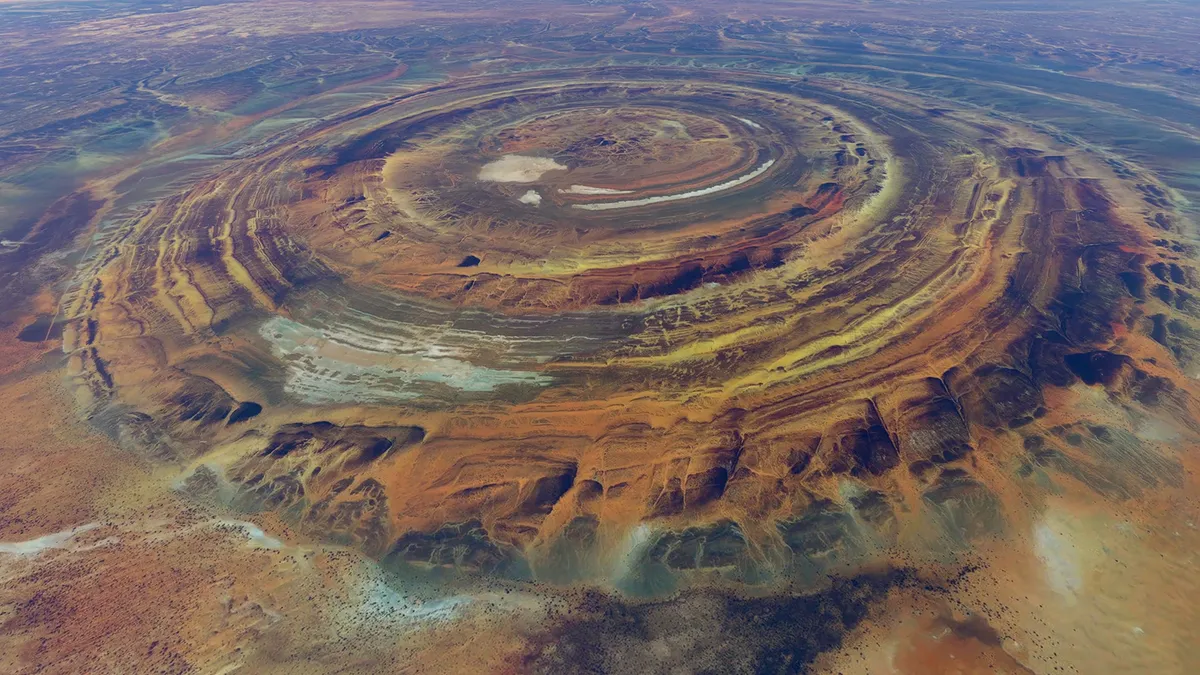

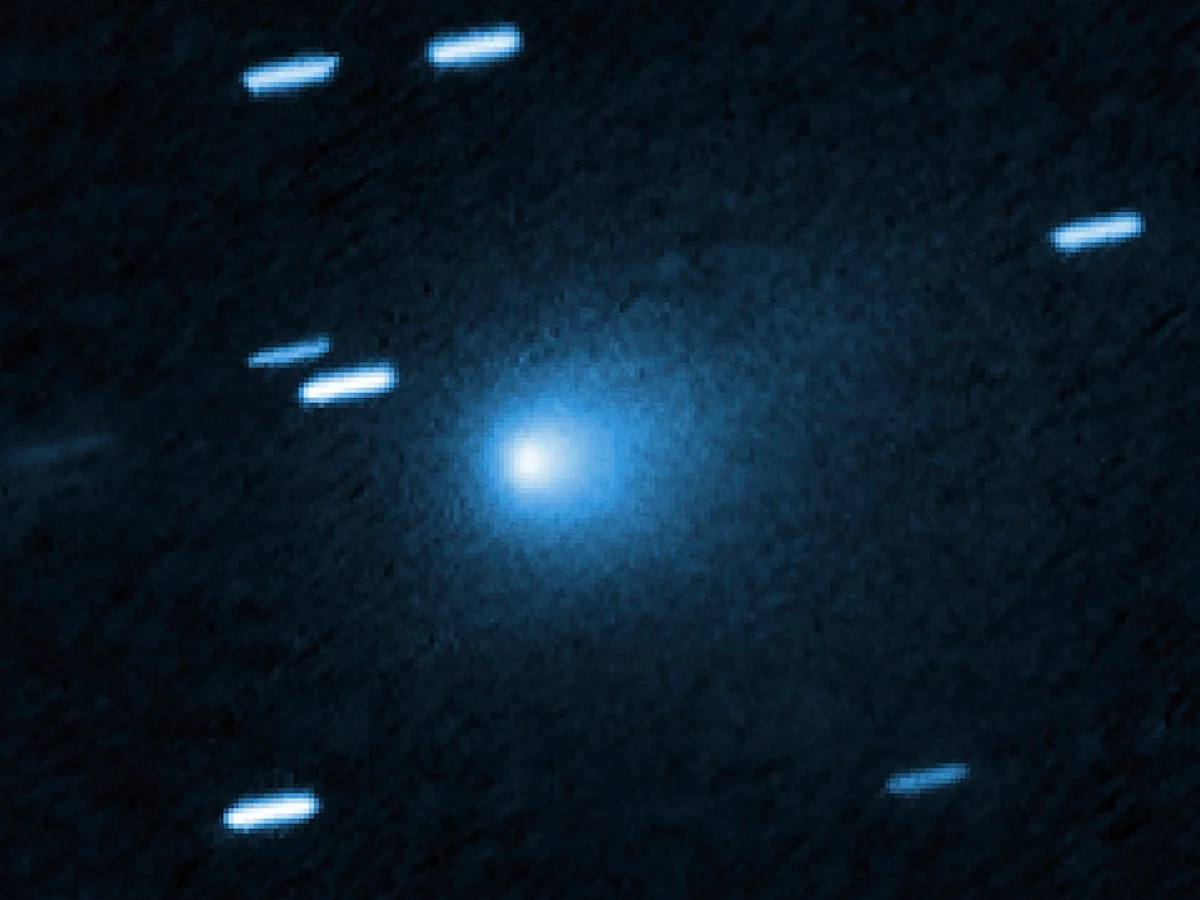





Leave a Reply